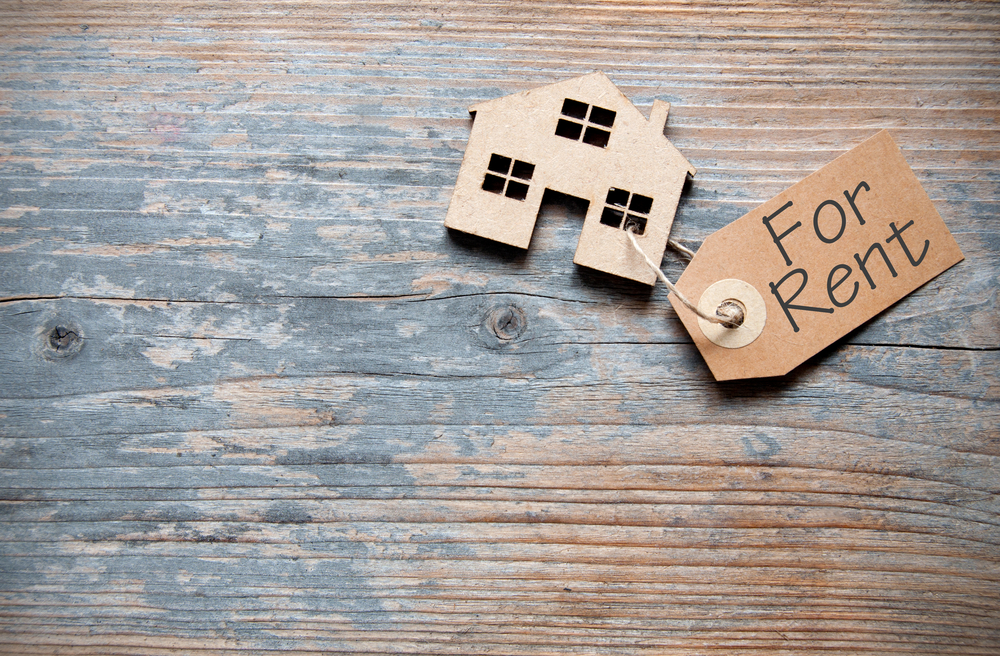How to maximise the value of your buy-to-let property
Published on 21st June 2019 by Laura West

It is vital to keep your buy-to-let properties to a high standard in order to attract loyal tenants and receive better returns, but how can investor landlords attract strong demand for their rental homes?
Many landlords should contemplate undertaking a widespread refurbishment to their rental property, which will ensure their tenant is happy. Well-considered upgrades can also increase the capital value of their asset.
Refurbishments and upgrades to properties also have the potential to increase returns and reduce void periods, while limiting maintenance costs and increasing rental income.
However, it is crucial that careful research is conducted before paint brushes are utilised and hammers are wielded. Property experts warn that accidental landlords and smaller scale property investors can become too enthusiastic in their approach to upgrading buy-to-let properties.
It is recommended that any renovation work must be kept in proportion to the property’s value. Browse through property advertisements to discover the ceiling values in the market, and understand what other properties offer in terms of rental prices and accommodation.
It may be useful to also talk to local letting agents to discuss the financial benefits of the work that you plan to carry out. Property management accounting software is a useful tool for letting agents stay in touch with their profits. It is important to bear in mind that property is an investment, which must remain profitable. Keeping the balance between the rent, maintenance and investment costs is crucial. It is far too easy to spend your money before seeing a real return on your investment.
By conducting research in the area, you will understand the type of tenants that are attracted to your area. You will be certain of what property type is the best option, whether this is an HMO or a single house for a family. This will also affect your level of expenditure and planning decisions. If you plan to let property to long-term tenants, then you may choose higher quality finishes and fixtures. If your properties have a rapid turnover, then economy options would be best if you are refurbishing the property more frequently.
It is also important to remember that this property is not your home, it is an investment. There is a fine line between over-refurbishment and providing a good, decent home for your tenants. The key is to keep in mind what you wish to achieve, and to rein in your eagerness. Do you want to increase your rental yield or make the property more appealing to new renters, therefore shortening void periods? Or are you taking a long view and enhancing the property’s capital value?
Regardless of your reason, you must plan a way for the upgrade to compensate for itself within a specific time frame.
According to property experts, in order to make the most impact, targeting key areas for refurbishment is a common approach which suits any budget. Prioritising and planning is key, as it reduces void times since the work is completed sooner rather than later. Landlords should also focus on the basics first, such as building worthiness and safety issues, before designer fixtures.
The bathroom and kitchen often have the greatest impact on tenants, with flooring, fixtures, gardens, windows and heating also proving important factors.
Property Deck enables professionals across the industry to manage people, properties and processes – all in one place. It’s totally free. and offers an impressive number of features and benefits – what have you got to lose? It’s the CRM for Property Managers and Agents.
Sign up here today.

